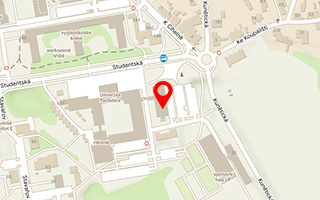Publikace detail
Which Void
Autoři:
Hämäläinen Nora Fiona Karolina
Rok: 2019
Druh publikace: kapitola v odborné knize
Název zdroje: Reading Iris Murdoch's Metaphysics as a Guide to Morals
Název nakladatele: Palgrave Macmillan
Místo vydání: Cham
Strana od-do: 261-275
